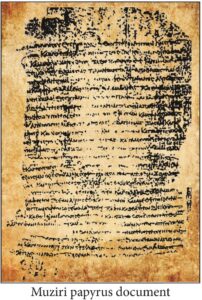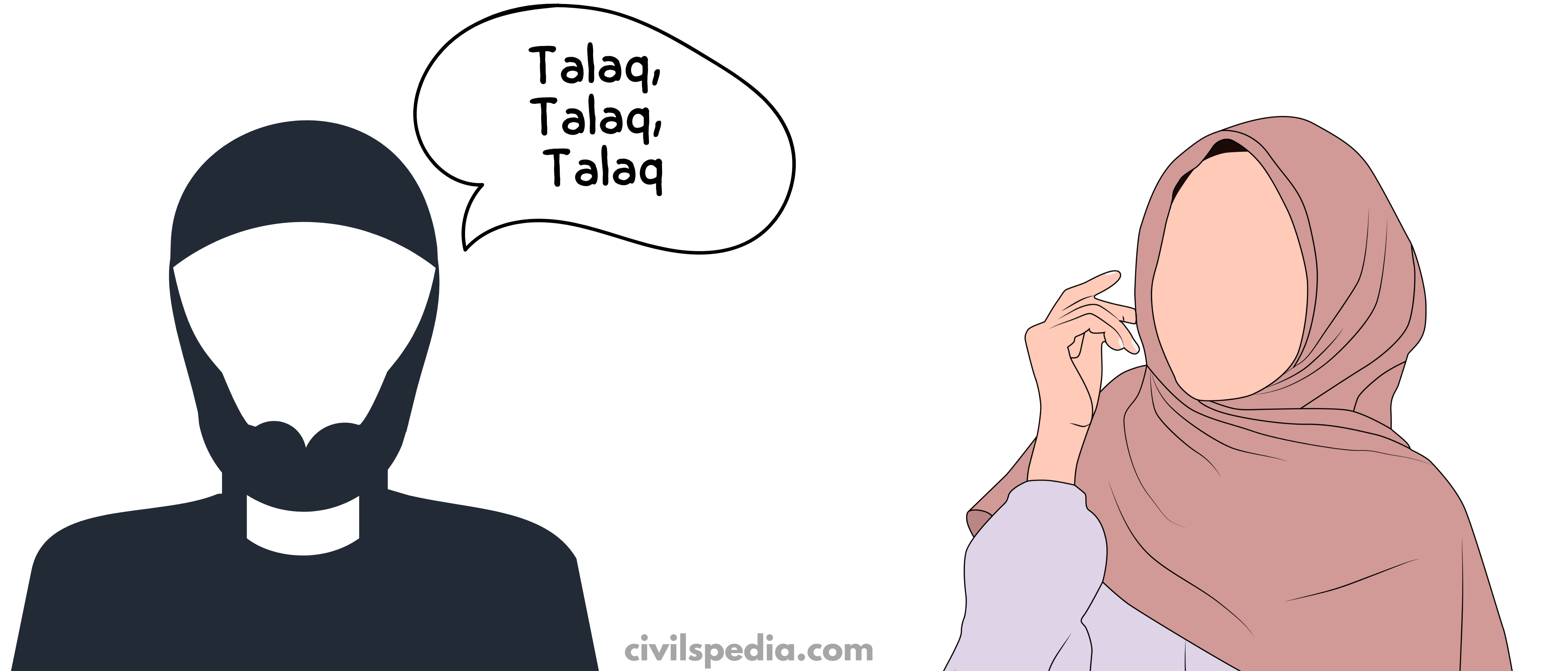Demographic Theories
This article deals with ‘ Demographic Theories .’ This is part of our series on ‘Society’ which is an important pillar of GS-1 syllabus. For more articles, you can click here.
What is demography?
- Demography is the statistical study of the human population. It includes the study of size, structure and distribution of population as well as changes in time and location in response to birth, migration, ageing and death.
Demographic Theories
Malthusian Theory
- Humanity is condemned to live in poverty forever because Human population grow at a much faster rate than food resources. According to Malthusian Theory
- Food production increases in Arithmetic Progression (AP) while
- Population increases in Geometric Progression (GP).
- Hence, to make a balance between population vs food supply nature uses positive checks
| Positive checks by nature | famine disease |
| Preventive checks by humans | delayed marriage Family Planning |
- According to Malthus, famines and diseases were inevitable as they are nature’s way of dealing with the imbalance between food supply and increasing population.

Debate: Has the Malthusian theory lost its significance?
- Some experts opine that with the world surplus of food and advances in medical science, the theory of positive checks of nature of Malthus has become obsolete.
- Whereas other experts are of the view that we are observing the change in positive checks of nature. These include
- With world temperature rising due to global warming, the ocean level is rising.
- Increase in frequency of natural disasters due to climate change
- Attack of new pests on crops.
- The new type of pandemics caused by new pathogens like the Corona Virus.
Demographic Transition Theory
Phase-1: Period of stagnant or stationary
- The period from 1901-1921.
- The growth rate during this phase was very low, even recording a negative growth rate during 1911-1921.
- Both the birth rate and death rate were high keeping the rate of increase stagnant.
- Poor health and medical services, illiteracy of people at large and inefficient distribution system of food and other necessities were largely responsible for a high birth and death rates in this period.

Phase-2: Period of steady population growth
- The period from 1921-51.
- An overall improvement in health and sanitation throughout the country brought down the mortality rate. At the same time, better transport and communication system improved food distribution system. But birth rate remained high in this period leading to a higher growth rate than the previous phase.
Phase-3: Period of Population Explosion
- Period of 1951-1981.
- This was caused by a rapid fall in the mortality rate due to control over famines and epidemics but a high fertility rate of population in the country. (It should be noted that death rates can be brought down relatively quickly through advanced methods of disease control, public health, and better nutrition. However, it takes longer for society to adjust to change and alter its reproductive behaviour.)

Phase-4: Period of Moderate Growth
- Period post-1981 till present.
- The growth rate of the country’s population though remained high, started slowing down gradually. This was due to a moderate decline in fertility due to the use of modern contraceptives.

Phase 5 : Period of Contraction
- India has not entered this phase. Developed countries like Japan and western European nations are in this phase.
- During this phase, the population starts to contract due to low birth rate although the death rate is also very low.

| Birth rate | Death Rate | |
| Phase 1 | HIGH | HIGH |
| Phase 2 | High | Medium |
| Phase 3 | HIGH | Low |
| Phase 4 | MEDIUM | LOW |
| Phase 5 | LOWEST | LOWEST |
























